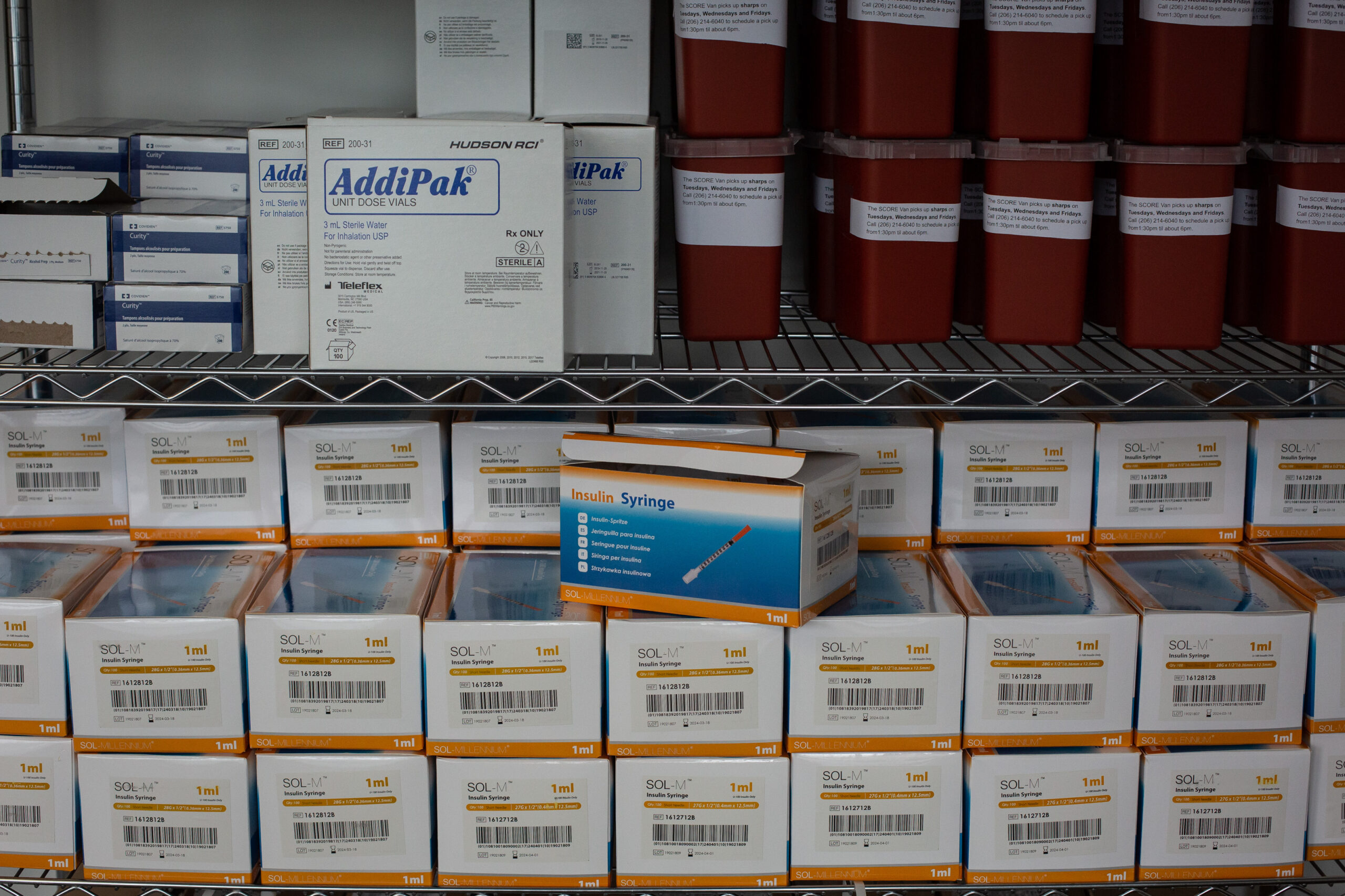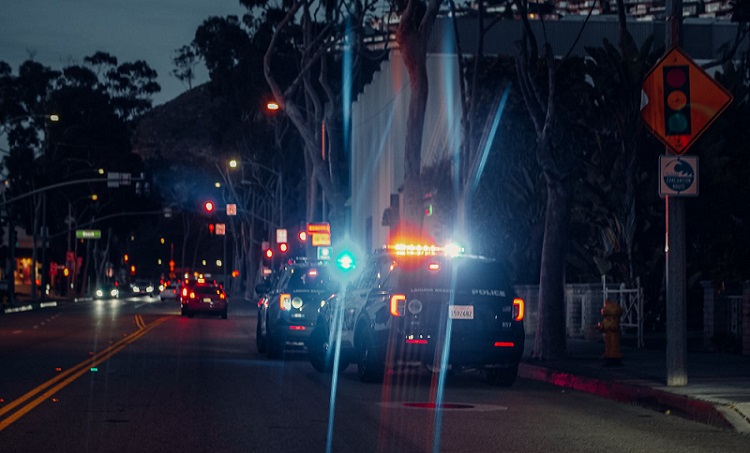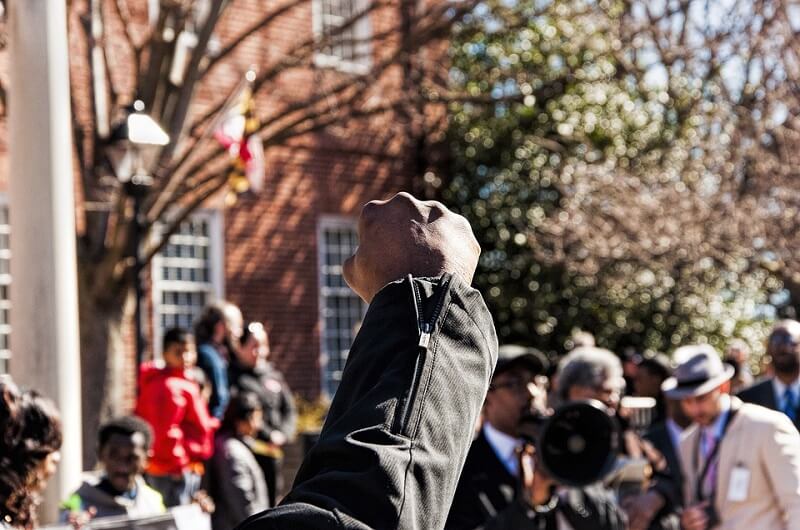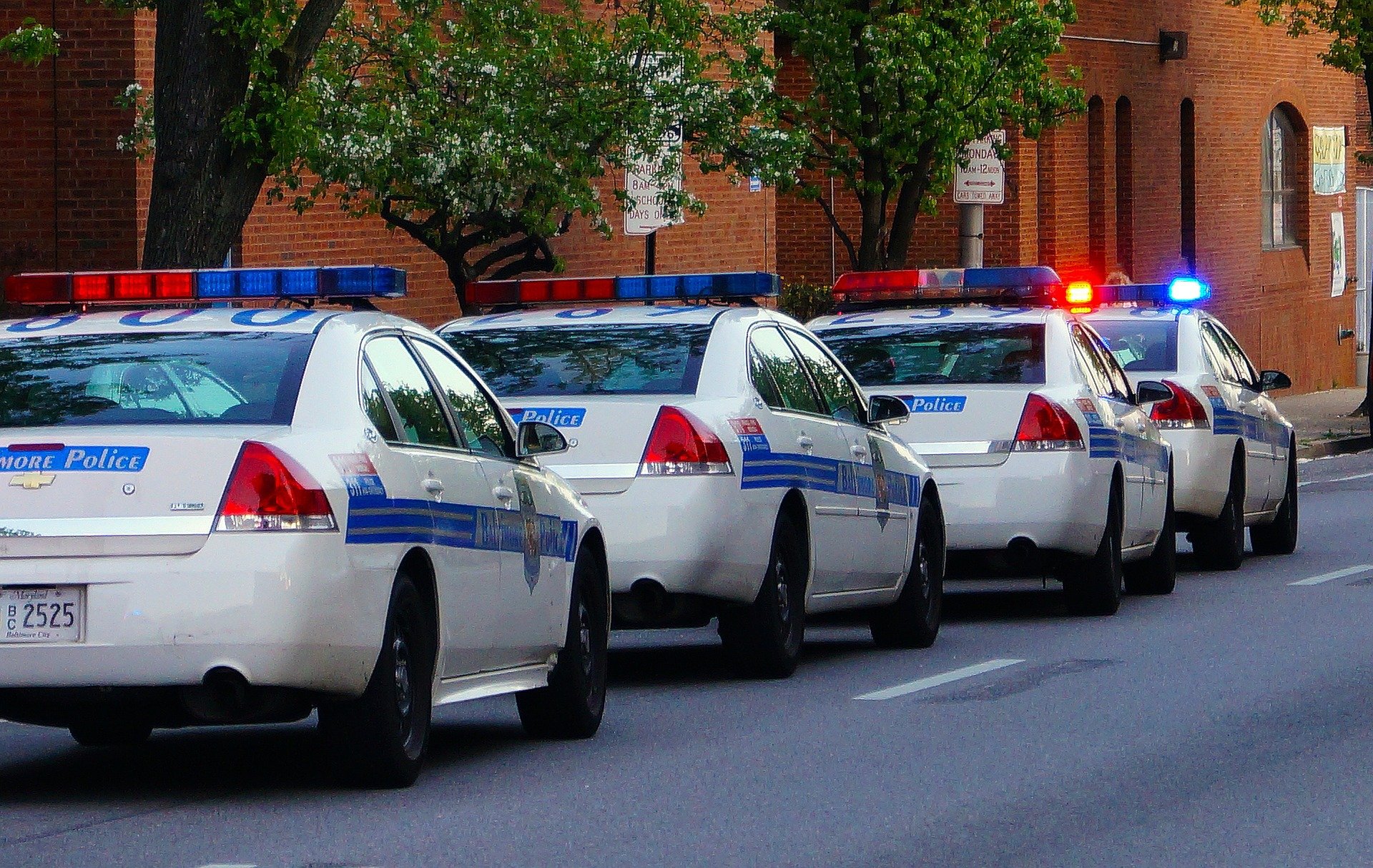Commentary: Harm reduction advocates must acknowledge the Black community’s unique experiences with addiction

By Lawrence Grandpre
The writer is director of research at Leaders of a Beautiful Struggle n Baltimore, a grass-roots think tank that advances the policy interests of Black people.
On a recent panel about addiction, one panelist said she wished she had resisted the stigma many had tied to substance use, stating that many of her friends were simply trying to have fun and a society obsessed with “respectability” viewed them as deviant and not worthy of care.
After that, another panelist relayed a heartbreaking story of his mother being so deep in the throes of addiction that she would rather leap out of a moving car to pursue drugs than visit her sick daughter in the hospital.
“That’s not fun,” the panelist said. Close to tears, “that’s addiction.”
On one side, you have the peer recovery/12-step (Narcotics Anonymous) community arguing that through personal accountability and life changes we can achieve abstinence and reintegrate into society. They tout thousands of success stories of their spiritual approach and argue that they have received scholarly validation that their approach works.
On the other, you have “harm reduction” advocates, arguing that addiction is a medical problem and programs like medical maintenance (methadone/suboxone), overdose prevention sites, and drug decriminalization are critical to keep people out of jail and prevent overdose.
Additionally, there is a racial component to this issue. The first panelist was white, and while the harm reduction community includes many Black and Brown folks with personal experience with addiction, it also has been championed by white-led academic, non-profit and medical institutions. The second panelist was Black and reflected on a perspective from the communities most impacted by addiction and the War on Drugs.
In a recent report, Leaders of a Beautiful Struggle produced with University of Maryland School of Social Work, we found that the legacy of the crack era means the Black community has an intensely emotional reaction in thinking about harm reduction, with the chaos crack unleashed giving many pauses on what feels to some like “accepting” addiction. Moreover, many perceive harm reduction as an extension of white society’s view that the Black community is “inherently” deviant and thus willing to accept addiction as essentially “inevitable” in Black communities, leading them to merely “reduce the harm” of drug use rather than actually investing in making conditions better.
Many working-class Black folks have personal experience with the life-changing impacts of recovery in a way we have not experienced with harm reduction. Given the focus of harm reduction is to reduce harm, many in the community do not see it as part of a proactive effort to improve the larger conditions of communities impacted by gentrification and over-policing, especially given some of the institutions advocating harm reduction (like Johns Hopkins School of Public Health and Bloomberg Philanthropies) are implicated in exactly the over-policing and gentrification they perceive the harm reduction advocates as silent on.
Even in the places championed by harm reduction advocates as models, Portugal and Oregon, many have conceded that there was a failure to invest in a grassroots addiction service ecosystem before drug decriminalization, leading to community backlash and limiting the effectiveness of these programs. Investing in a community-controlled addiction treatment infrastructure is not only a prerequisite to effective implementation of drug decriminalization, but it is necessary to garner the political support from the Black community needed to pass harm reduction legislation.
Moreover, if harm reduction advocates want support for harm reduction, they would do well to support larger upstream investments in job creation and reparations in the communities most impacted by the War on Drugs, a space where drug policy advocates have occasionally given lip service but have been woefully lacking on follow through.
With more than 1,000 overdoses in Baltimore in 2022, the highest overdose rate in America, it’s clear we can’t allow these fears to prevent the rollout of essential harm reduction services. Some reforms like allowing clients to take methadone home (rather than coming to the clinic every day) and increased suboxone use are easier lifts. However, harm reduction advocates must accept that full-scale decriminalization and safe consumption sites require a higher level of persuasion.
Instead of essentially blaming the victims of the War on Drugs by questioning the Black community’s reticence on harm reduction, it would be better to reframe harm reduction and decriminalization in a way that addresses their larger concerns about the state of the Black community. In New Jersey, the violence prevention organization, the Newark Community Street Team, a group similar to Safe Streets, has taken up the mantel of drug decriminalization and harm reduction as part of its social justice and anti-violence program. They have used their presence of credible messages from the communities most impacted by the War on Drugs to call out not only the harms of drug criminalization but also the “drug treatment industrial complex” and push for community-controlled addiction services.
This is the sort of advocacy that can change the misperception of some in the Black community that drug decriminalization and harm reduction are merely products of liberal do-gooders doing social experimentation on the Black community. This, however, would require traditional nonprofit drug policy and public health institutions to cede leadership on the issue of drug policy reform to grassroots Black-led organizations and to expand overdose prevention toward a positive vision of investment in the community.
In a world where Baltimore is likely to receive a settlement in its opioid lawsuit, this issue will likely come to a head in the next few years, with both sides demanding more resources in ways that may create competition. We as a community have to reckon with the racial dynamics of addiction to ensure we can support services across the recovery-harm reduction spectrum and maximize this influx of resources.



